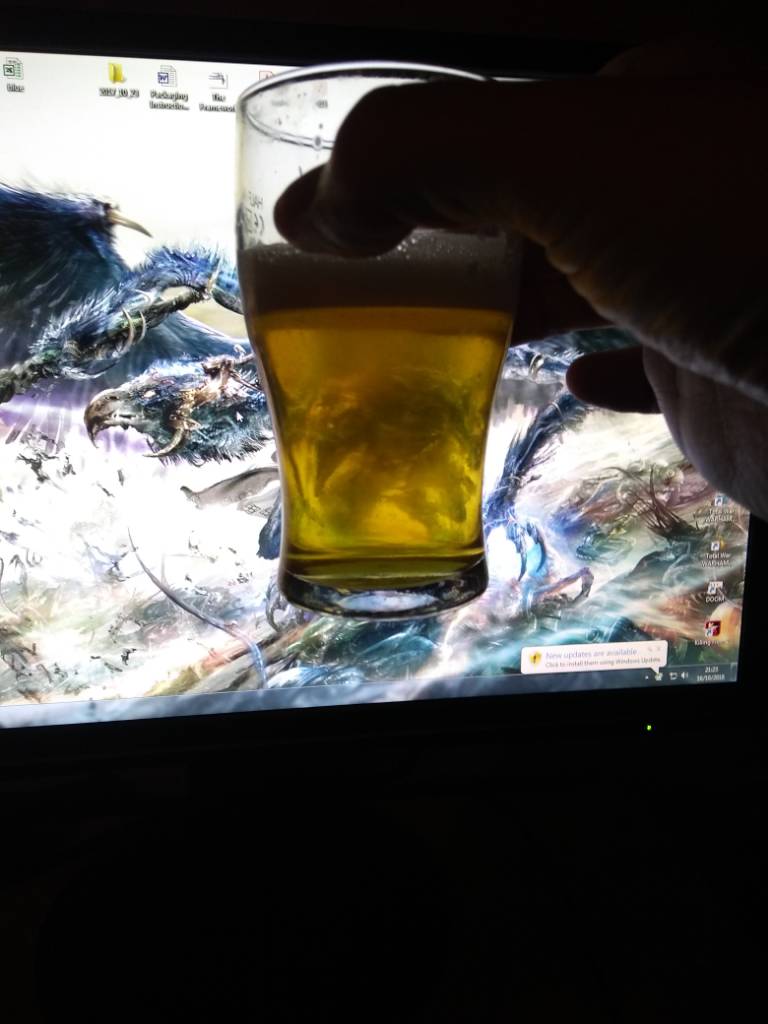I have a lager in there keg at 33F. I have fined with gelatine (1/2 tsp)and kieselsol (11ml).
It's 84 hours later and no sign of improvement in clarity apart from the yeast dropping out.
Grain bill was 58% pils, 24.8% vienna, 12.0% Munich I, 3% carahell, 1.8% acid malt
Yeast was wyeast 2633, mash was for 60 mins at 149F, and 30 mins at 159F.
Mash pH was 5.49, sparge pH was 5.5. no kettle correction.
Water profile, Ca 13.5, Mg 12, Na 9, Cl 40, HCO2 25
Cooling on wort was done fairly quickly via an initial recirculation through CFPC using towns water and then a single pass to the fermenter through the CFPC using cold water from the freezer at 0.5°C.
Whirlfloc was used in the boil
So my thoughts are
It should not be, cold break, kettle break, tannins, carbonate, it's currently not under gas
-it will clear in the next few days, maybe though normally if it don't clear quickly it's not going to clear
-low Ca in water chem
Something else entirely, maybe product of yeast choixe
It tastes fine btw, so not an infection.
Thoughts suggestions?
It's 84 hours later and no sign of improvement in clarity apart from the yeast dropping out.
Grain bill was 58% pils, 24.8% vienna, 12.0% Munich I, 3% carahell, 1.8% acid malt
Yeast was wyeast 2633, mash was for 60 mins at 149F, and 30 mins at 159F.
Mash pH was 5.49, sparge pH was 5.5. no kettle correction.
Water profile, Ca 13.5, Mg 12, Na 9, Cl 40, HCO2 25
Cooling on wort was done fairly quickly via an initial recirculation through CFPC using towns water and then a single pass to the fermenter through the CFPC using cold water from the freezer at 0.5°C.
Whirlfloc was used in the boil
So my thoughts are
It should not be, cold break, kettle break, tannins, carbonate, it's currently not under gas
-it will clear in the next few days, maybe though normally if it don't clear quickly it's not going to clear
-low Ca in water chem
Something else entirely, maybe product of yeast choixe
It tastes fine btw, so not an infection.
Thoughts suggestions?




